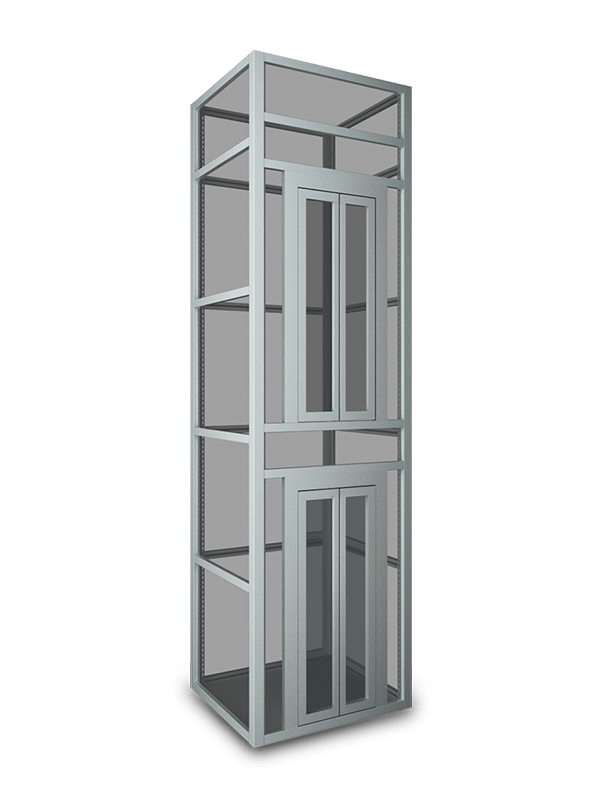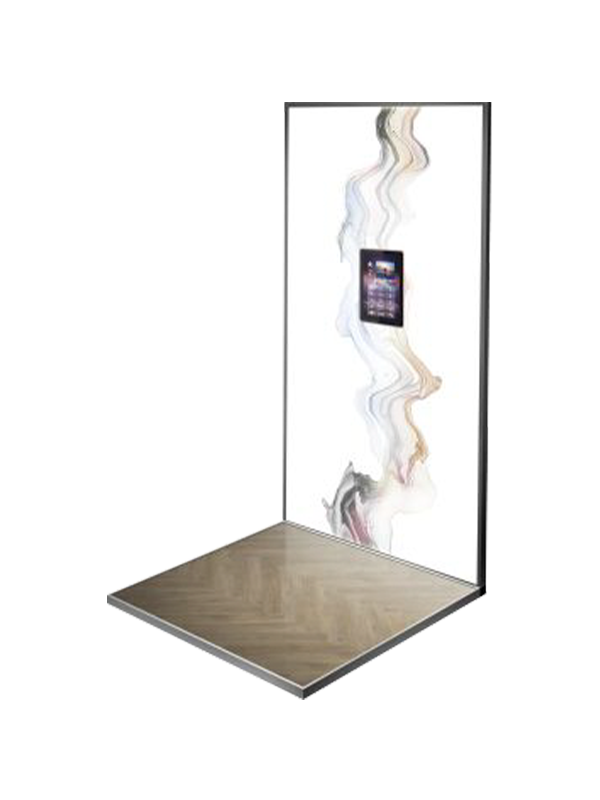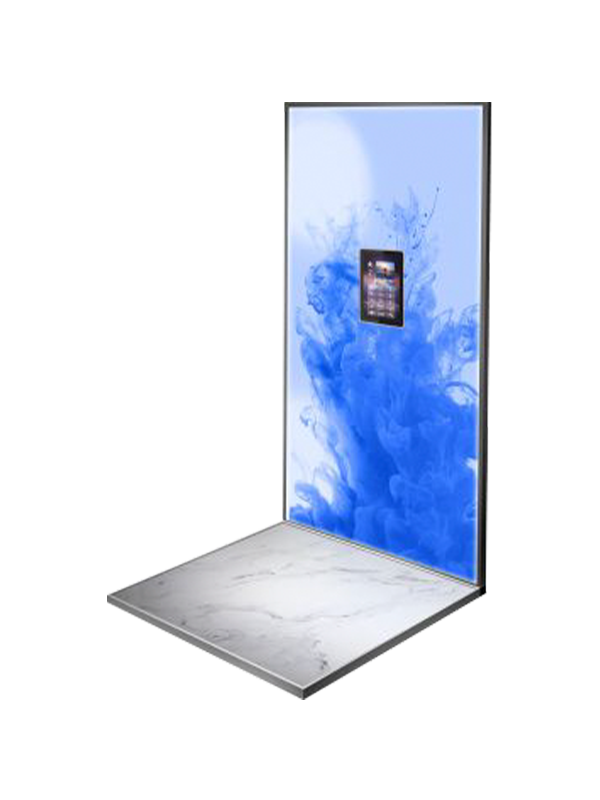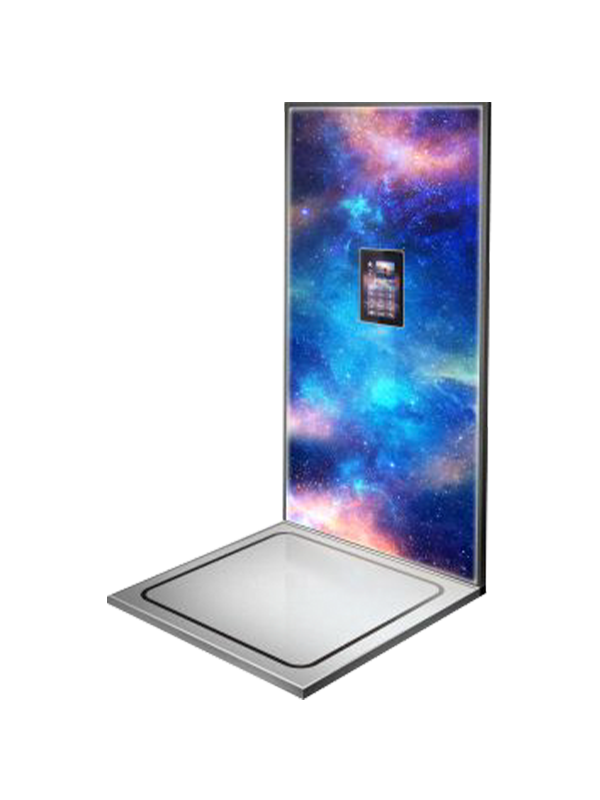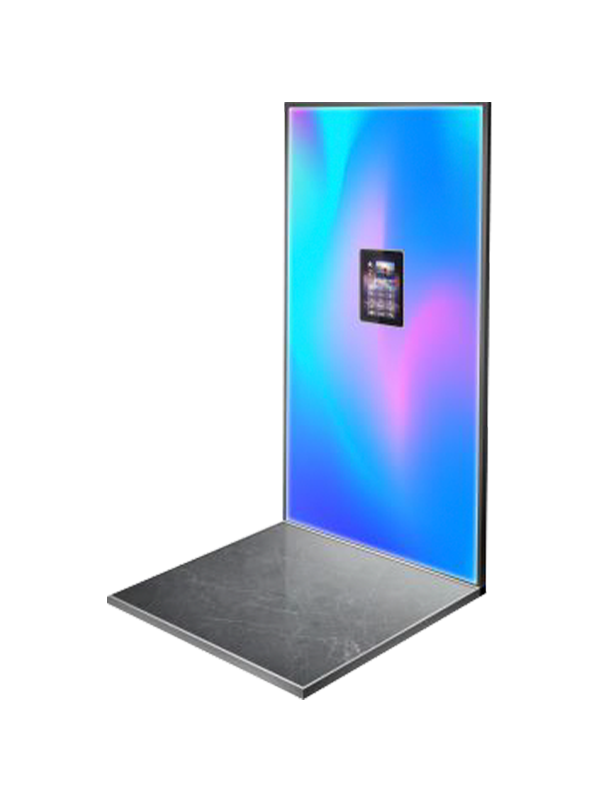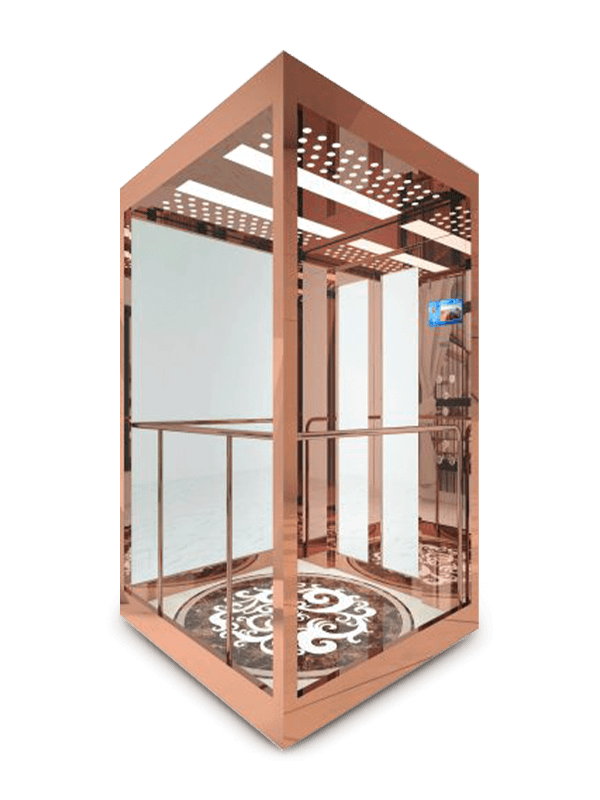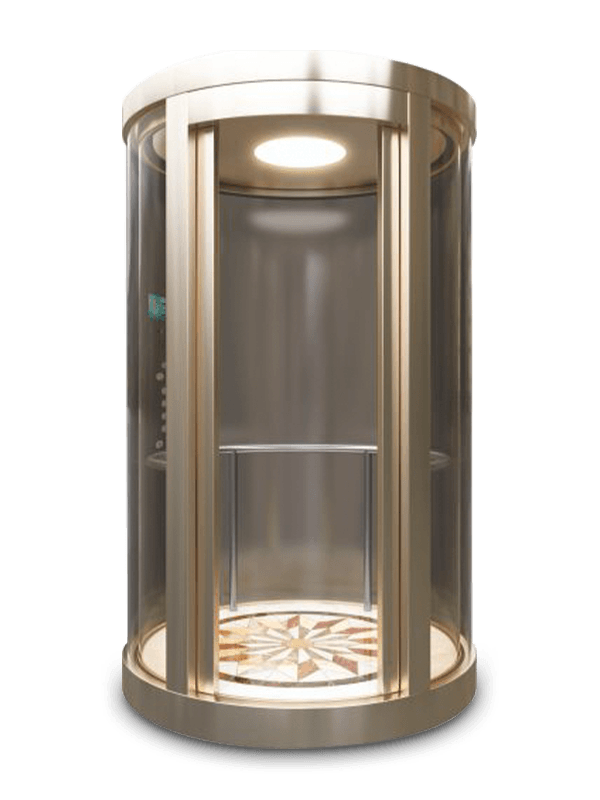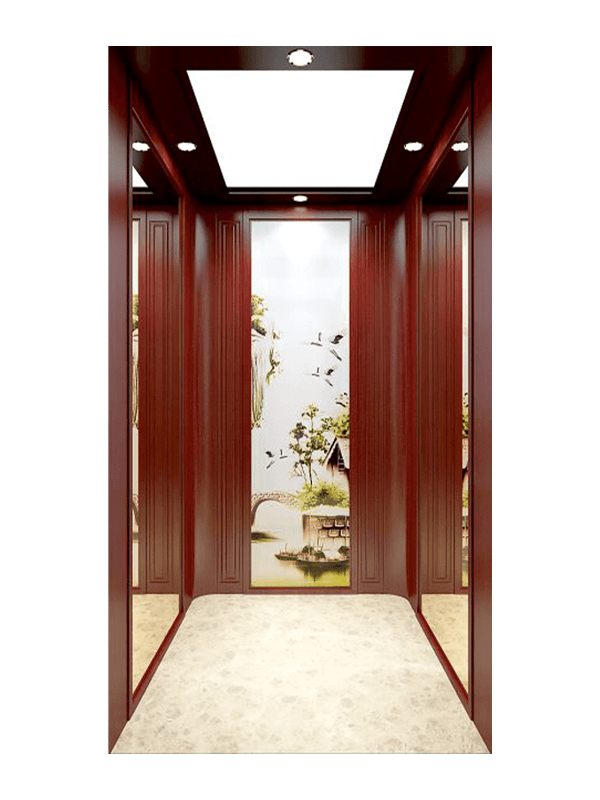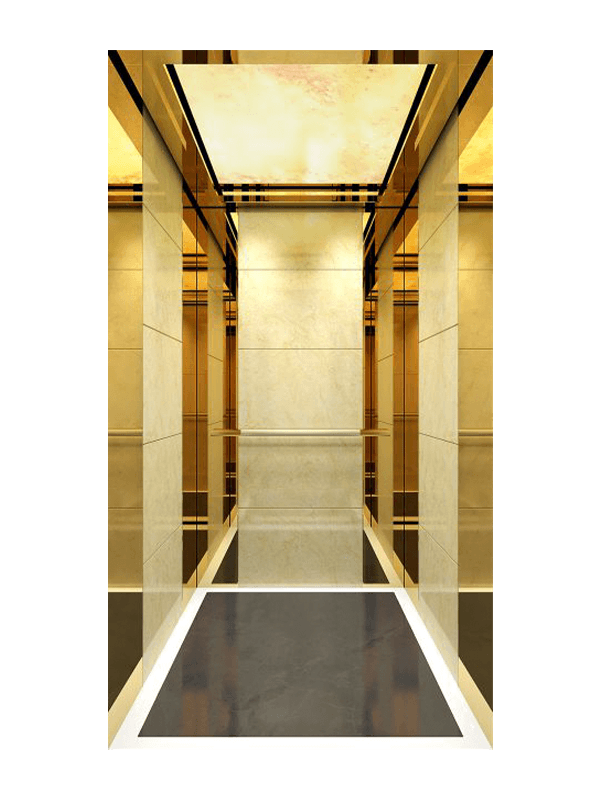When we step into an elevator, we are entering a transitional space. It’s a few moments of pause between destinations. While often overlooked, the environment of that small cabin plays a significant role in the overall impression of a building. At the heart of this environment is the elevator background board—the primary interior panel that faces you when the doors close.
Choosing the right elevator interior wall panels is a crucial decision for architects, building managers, property developers, and interior designers. It balances aesthetics, durability, budget, and safety. This guide will walk you through everything you need to know to make an informed decision for your next project or renovation.
What Exactly is an Elevator Background Board?
The elevator background board, often referred to as the cab rear wall or simply the elevator panel, is the largest uninterrupted surface inside the elevator car. It typically houses the operational panel (the buttons for floors, door open/close, etc.) and is the main focal point for passengers. Its design and material set the tone for the entire cab’s interior, influencing perceptions of cleanliness, safety, and luxury.
Key Considerations Before You Choose
Before diving into material options, it’s essential to define your project’s needs. Asking these questions will guide your selection process:
Traffic and Usage: Is this for a high-traffic public building like a hospital or shopping mall, a medium-use corporate office, or a low-traffic private residence? Durability needs vary dramatically.
Budget: Costs can range from very economical to high-end custom designs. Establish a clear budget early on, including both material costs and installation expenses.
Aesthetic Goals: What is the desired ambiance? Modern and sleek? Warm and traditional? The material should complement the building’s overall architectural style and interior design theme.
Maintenance: How much ongoing upkeep is acceptable? Some materials require daily polishing, while others can be cleaned with a simple wipe-down.
Building Codes and Safety: Compliance with local fire codes, regulations for public spaces (like ADA guidelines in the U.S. for accessibility), and overall passenger safety are non-negotiable.
A Deep Dive into Common Materials and Finishes
The choice of material is the most critical step. Each offers a unique blend of benefits and considerations.
1. Stainless Steel
A perennial favorite for its modern, clean, and industrial look.
Pros: Extremely durable, scratch-resistant, and easy to clean and disinfect. It is hygienic, making it ideal for hospitals, laboratories, and commercial kitchens. It’s also recyclable and offers a timeless aesthetic.
Cons: Can show fingerprints and water spots easily unless treated with a brushed or fingerprint-resistant coating. Can feel cold and impersonal if not warmed up with other design elements.
Best For: High-traffic commercial applications, healthcare facilities, and modern design themes.
2. Laminated Panels (Phenolic or HPL)
A highly versatile and cost-effective option, also known as high-pressure laminate.
Pros: Offers an enormous range of colors, patterns, and woodgrain or metallic finishes. It is very durable, resistant to impact, moisture, and graffiti. It is easy to clean and is often more affordable than solid metal or wood options.
Cons: If damaged, it can be difficult to repair seamlessly. Lower-quality laminates may be susceptible to chipping at the edges over time.
Best For: Virtually any application, from offices and hotels to schools and apartment buildings. It’s a fantastic choice for achieving a specific visual look on a budget.
3. Solid Surface Materials (e.g., acrylic polymers)
These materials provide a seamless, non-porous surface that can be molded into various shapes.
Pros: Completely seamless, creating a sleek, monolithic look. They are non-porous, stain-resistant, and easy to maintain. Scratches can be sanded out, restoring the surface to like-new condition.
Cons: Generally one of the more expensive options. Can be susceptible to heat damage and may not be as impact-resistant as metal.
Best For: Luxury residential elevators, high-end hotels, and projects where a seamless, modern aesthetic is a priority.
4. Glass and Mirror
Glass panels, whether clear, frosted, back-painted, or mirrored, create a sense of openness and light.
Pros: Mirrors are famous for making small elevator cabs feel larger and brighter. Back-painted glass offers a smooth, vibrant color in a durable, easy-to-clean surface. It creates a high-end, contemporary feel.
Cons: Can show smudges and require frequent cleaning. Safety glass (tempered or laminated) is mandatory, which adds to the cost. Not recommended for environments prone to vandalism.
Best For: Retail spaces, residential elevators, and buildings aiming for a bright, open, and luxurious atmosphere.
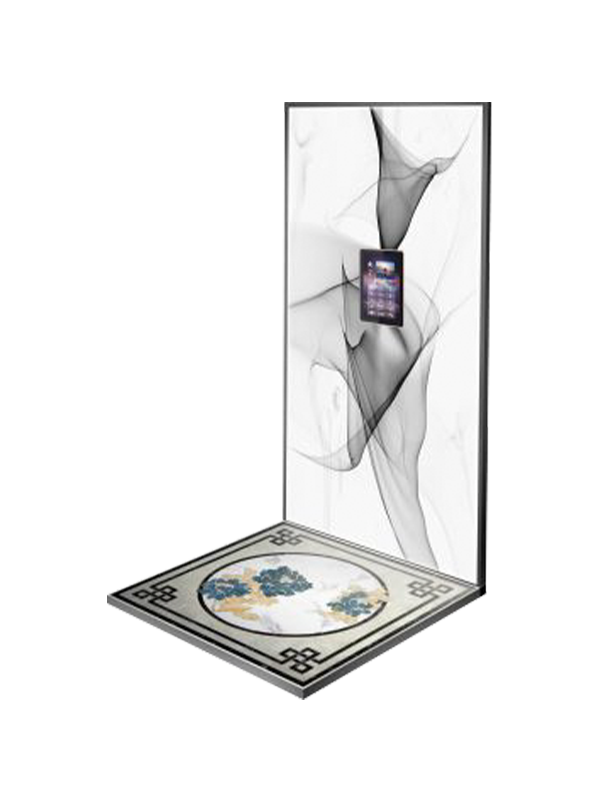
5. Wood and Wood Veneers
Wood brings natural warmth, texture, and a classic elegance that synthetic materials cannot replicate.
Pros: Unmatched aesthetic warmth and traditional luxury. Available in countless species, stains, and finishes. Real wood veneers over a stable core are common, offering beauty with stability.
Cons: Generally requires the highest level of maintenance to protect the finish. Can be susceptible to dents, scratches, and moisture damage. Typically the most expensive option.
Best For: Premium corporate offices, high-end residential properties, and historic building renovations where traditional elegance is key.
The Installation Process: What to Expect
Proper installation of elevator interior cladding is as important as the material choice. It’s highly recommended to work with experienced professionals. The process generally involves:
Measurement and Templating: Precise measurements of the elevator cab are taken to create templates for each panel. This is a critical step to ensure a perfect fit.
Panel Fabrication: The panels are cut to size based on the templates, with precise cutouts for the button panel, handrails, and any other fixtures.
Cab Preparation: The existing walls are prepared, ensuring the surface is clean, flat, and ready for the new panels.
Installation: The new panels are carefully fitted into place. They are typically secured with a combination of mechanical fasteners (screws hidden by plugs or caps) and high-strength adhesive.
Finishing Touches: All trim, cap rails, and fixtures are reinstalled or replaced. The entire interior is then thoroughly cleaned.
Maximizing Your Investment: Maintenance and Care
Protecting your investment ensures the elevator interior continues to look its best for years.
Stainless Steel: Use a soft cloth and a gentle, non-abrasive cleaner designed for stainless steel. Wipe in the direction of the grain.
Laminated Panels: A simple solution of mild soap and water is usually sufficient. Avoid abrasive pads or harsh chemicals.
Solid Surface: Can be cleaned with most household cleaners. Deeper scratches can be professionally sanded out.
Glass/Mirror: Use a standard glass cleaner and a soft, lint-free cloth for a streak-free shine.
Wood: Dust regularly and use a recommended wood cleaner or polish. Avoid excessive moisture and protect from dents and scratches.
Conclusion: More Than Just a Wall
The elevator background board is far more than a simple wall covering. It is a key component that defines the passenger experience, impacts the perceived value of a property, and must withstand the rigors of daily use. By carefully considering your project’s specific needs in terms of traffic, budget, design, and maintenance, you can select the perfect material to create an elevator interior that is not only beautiful and on-brand but also functional, safe, and built to last.
Whether you are undertaking a full elevator modernization project or simply updating the elevator cab interior, viewing the background board as an integral piece of the design puzzle will lead to a more successful and satisfying outcome for everyone who steps inside.


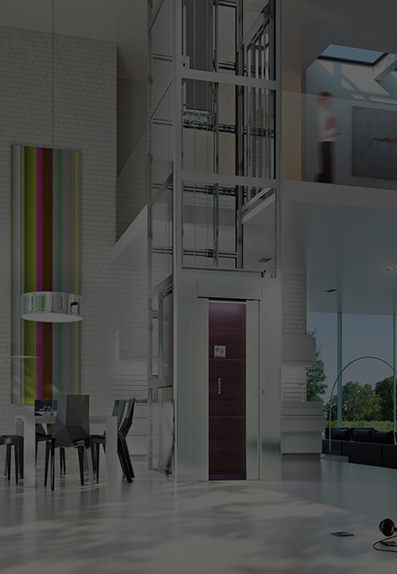
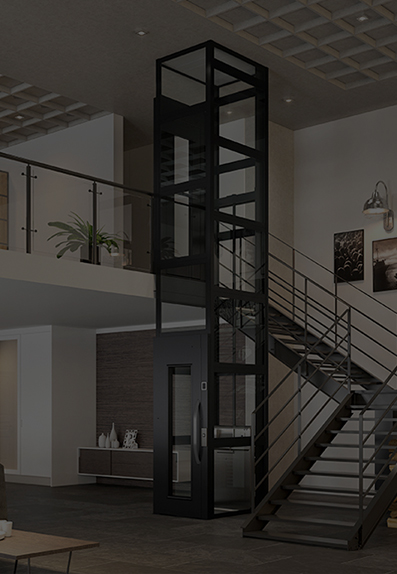


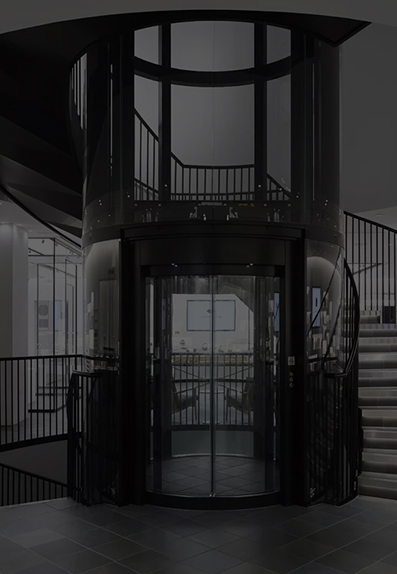
 English
English عربى
عربى Deutsch
Deutsch Español
Español Français
Français русский
русский 日本語
日本語 简体中文
简体中文
